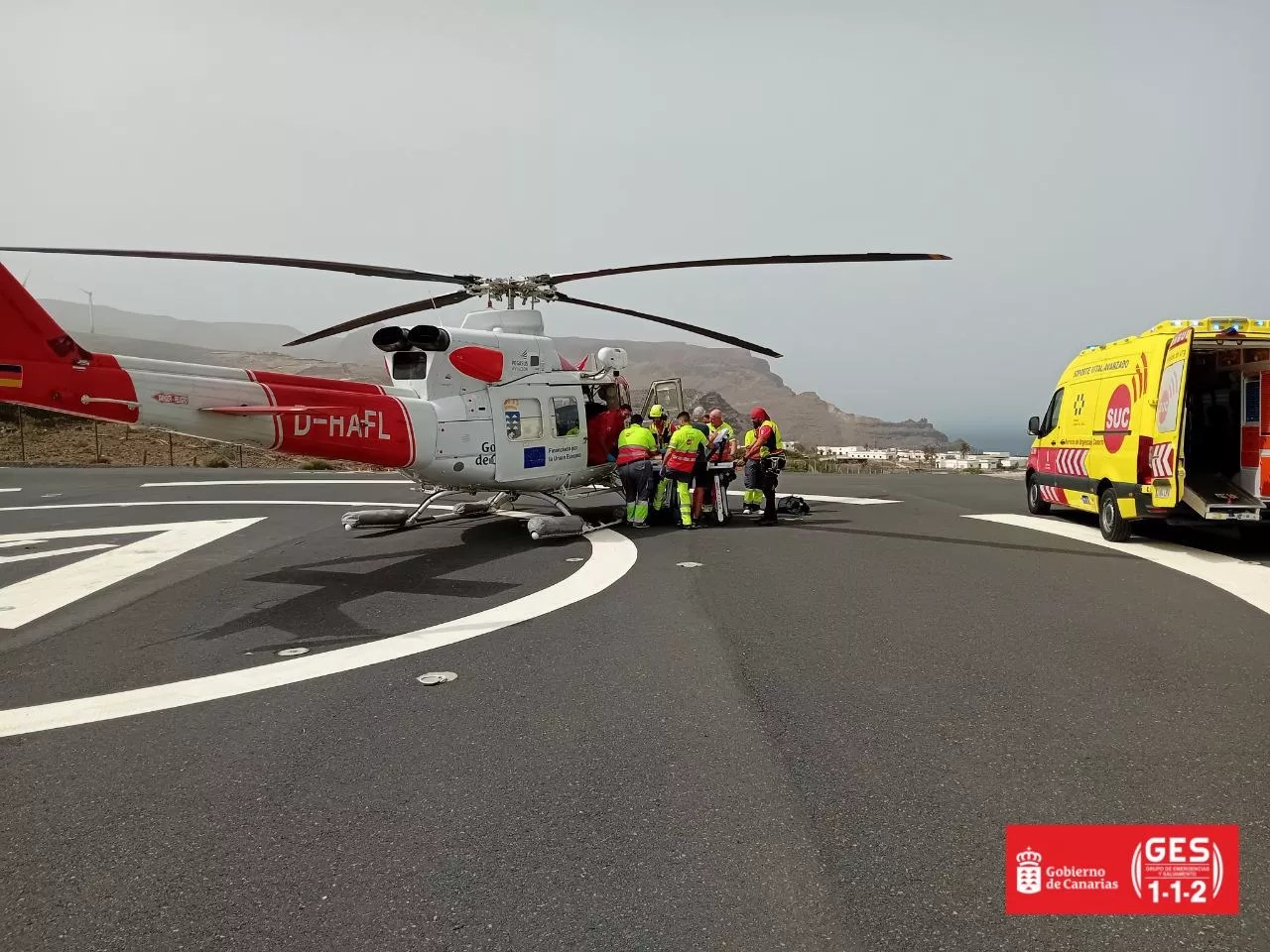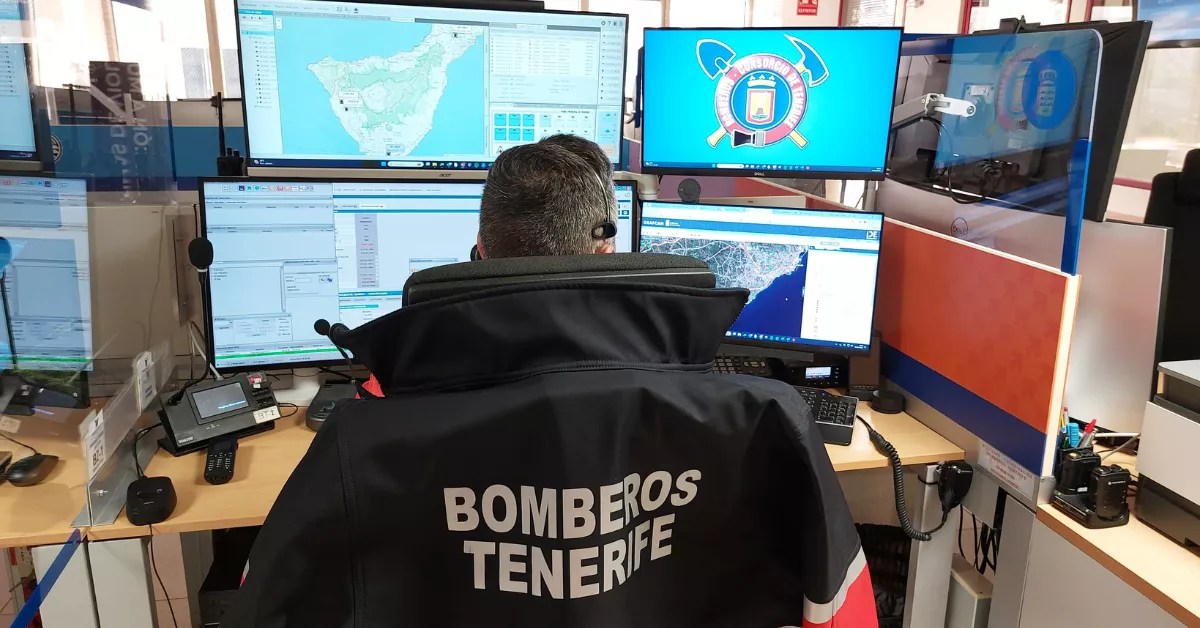A scientific collaboration between researchers from the Trofimuk Institute of Petroleum Geology and Geophysics in Novosibirsk, Russia, the Volcanological Institute of Canary Islands (Involcan) and the University of Granada (UGR) has revealed the secrets within Tenerife through a new study of seismic tomography, analyzing for this the microseismicity located in the interior of the Island, and identifying a “hot heart” of magma in Tenerife, less than ten kilometers deep from the mouth of the Teide.
It could be a precursor sign of an eruptive process in the sameas reported this Thursday by the UGR in a press release in which it has detailed that the tomography shows that, in the crust below the Las Cañadas caldera, it is possible the presence of small magmatic reservoirs at depths less than five kilometers.
These reservoirs allow the magma to cool, changing its chemical composition towards phonolite, a potentially explosive type of magma, and can be a source of very explosive eruptionsin the manner of “the one that occurred in the volcano of Montaña Blanca around 2000 years ago and that it was of a sub-Plinian type”.
At the same time, the study in which the UGR participates explains why the eruptions in Tenerife that occur outside the Las Cañadas caldera, along the northeast and northwest ridges, have a “more effusive character, not being able to zones the magma stagnate for a sufficient time to evolve towards a more explosive type”.
Slow rise of a magma bubble on Teide
The results of this study have recently been published in the Journal of Geophysical Research, published by the American Geophysical Society, and constitute an important tool for interpret the increase in seismicity in Tenerife and the emission of carbon dioxide by the Teide crater, which the Involcan has detected since the end of 2016.
This activity could be related to the slow rise of a diapir, that is, a “bubble” of magma, at depths greater than ten kilometers below Mount Teide. Therefore, this new knowledge will be of great use for a better interpretation of the precursor signals of a possible eruptive process in Tenerife.
This seismic tomography study has been possible as a result of the launch in 2016 of the Canary Islands Seismic Network managed by Involcan and which currently has 19 broadband seismic stations that have allowed lowering the detection and location capacity of thousands of micro-earthquakes in Tenerife.
These data, together with those previously recorded by the National Geographic Institute, have made it possible to use seismic tomography to investigate the interior of the Island up to a depth of 20 kilometers and, even more important, to determine the speed of the seismic S waves, which are the most sensitive to the presence of hydrothermal fluids and magma.
















